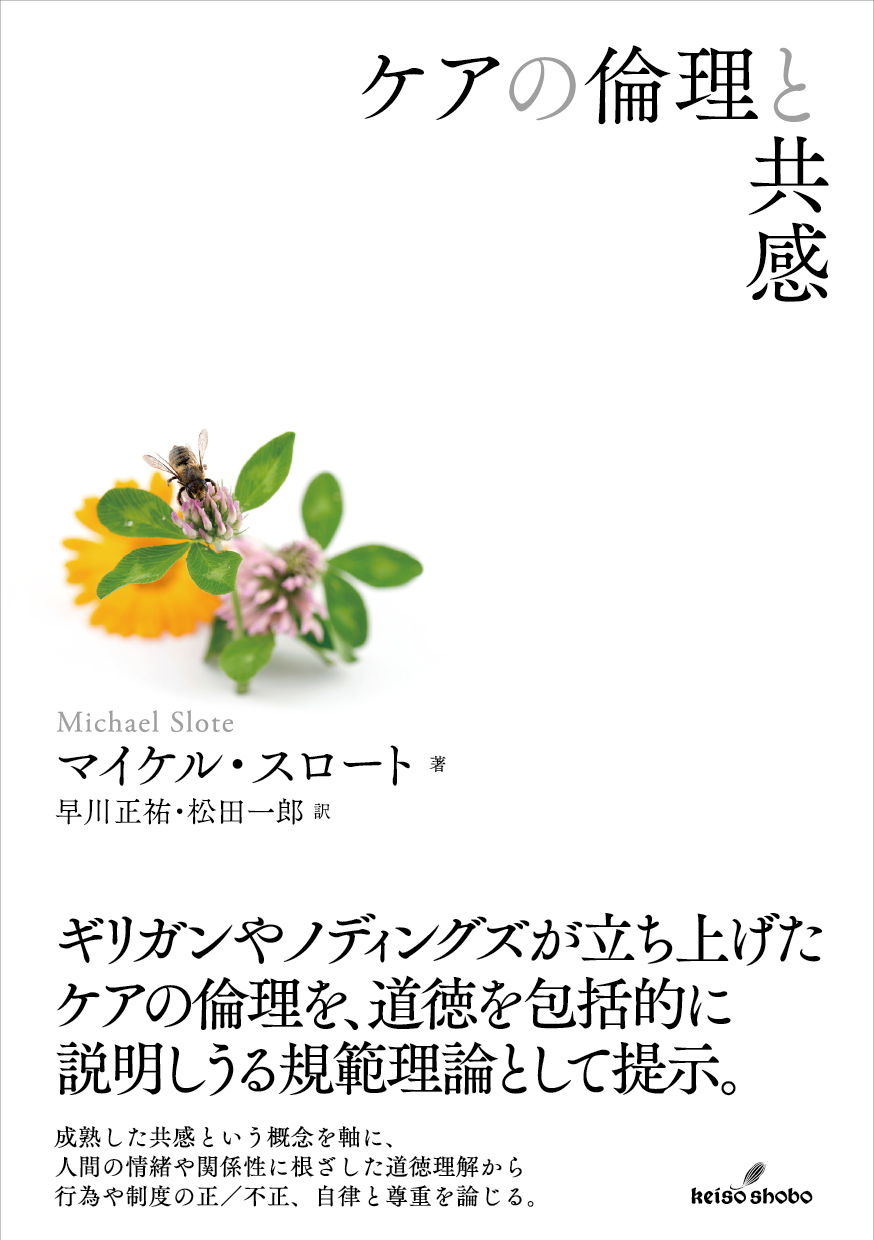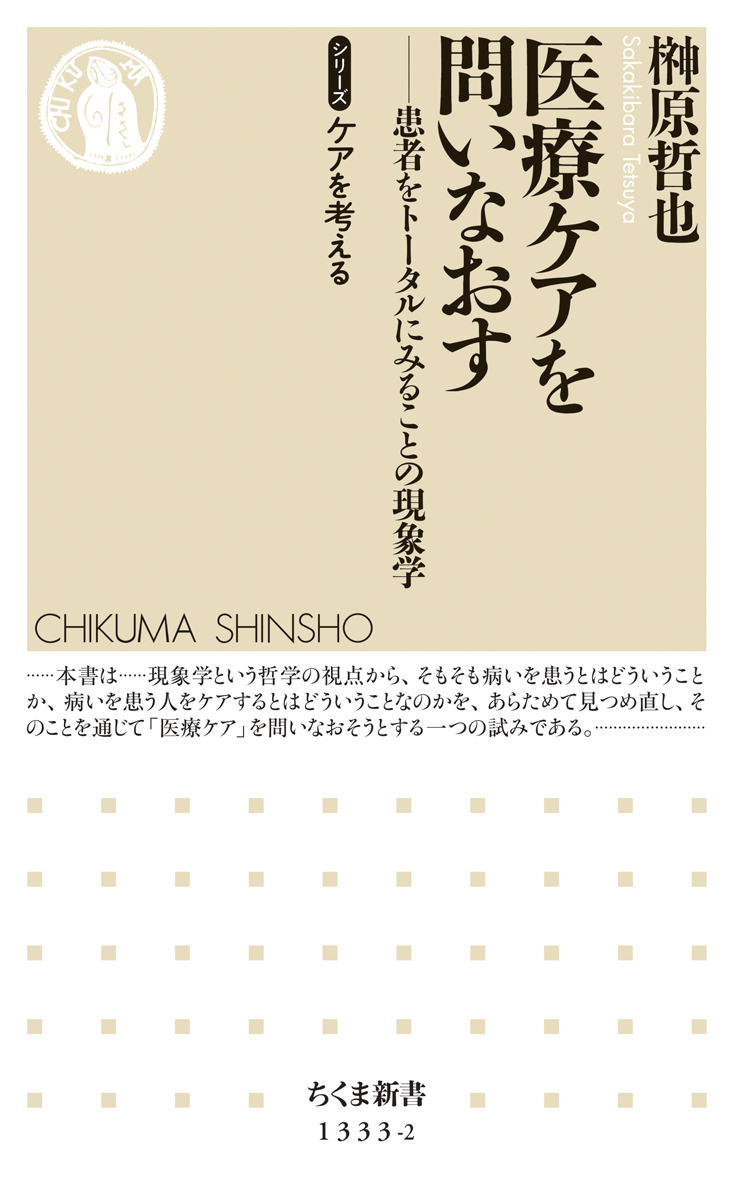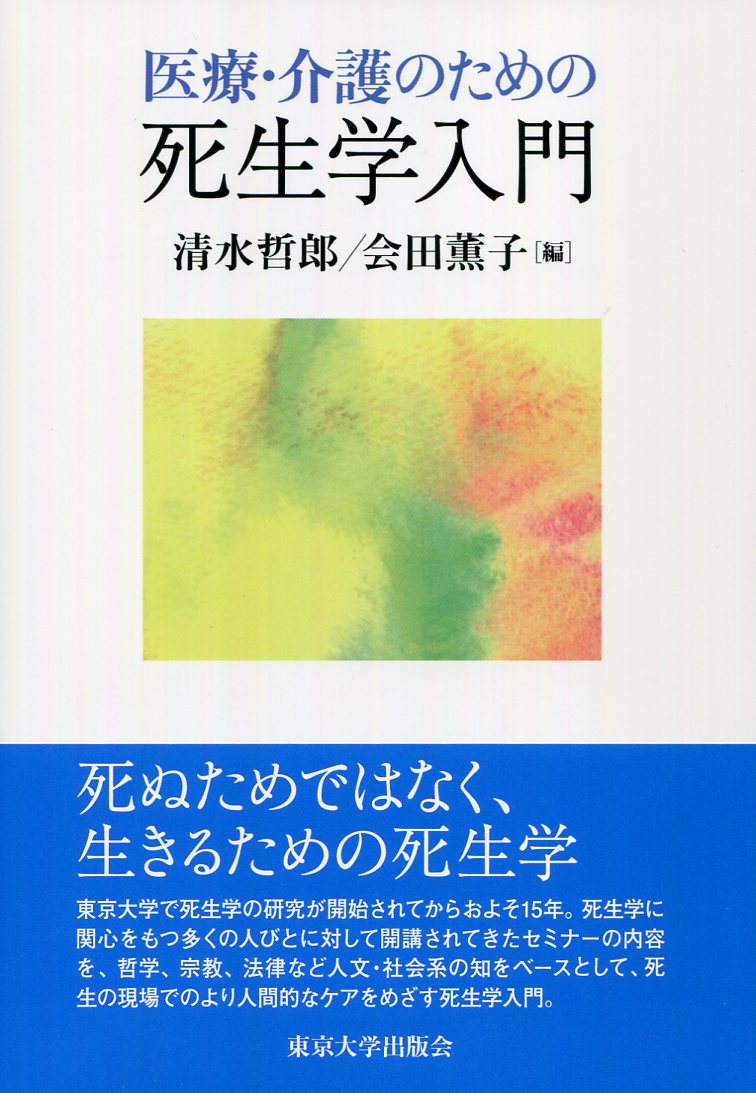
Title
Care no Jissen towa Nanika (What Does It Mean by Practice of Care? - Qualitative research from a phenomenological standpoint)
Size
288 pages, 127x188mm
Language
Japanese
Released
September 30, 2017
ISBN
9784779512001
Published by
Nakanishiya Publisher
Book Info
See Book Availability at Library
Japanese Page
This book compiles research that attempts to clarify various aspects of “practice of care” by employing qualitative approaches to studying care provided by nurses and, more broadly, those involved in care-based occupations. While qualitative research encompasses a number of methodologies, this book takes the standpoint that the phenomenon itself forms methodologies of research. As explained in the Chapter 1 of Part 1 titled “Phenomenology and Phenomenological Research Methods,” the approach of allowing the investigatory method to be decided by the phenomena being investigated coincides with the philosophical essence of phenomenology. In this sense, the research compiled in this book, including those that do not refer directly to phenomenological philosophy, can be said to clarify various aspects of the practice of care using a phenomenological approach, either in a broad sense or in a literal meaning. The philosophy of phenomenology focuses on and reexamines the meaning of experience and clarifies the origins of essential phenomena that we typically are not aware of through analysis of phenomenological descriptions. As described in Chapter 2 of Part 1 titled “Describing the practice of care/returning to one’s original standpoint,” the papers in Part II of this book entail reflection by nurses, nursing teachers, and other care-related practitioners on their own practice of care in their specialty areas. In doing so, they question, from dimensions that they had not previously been aware of, how meaningful experiences related to their own practice of care arise. They also attempt to disclose the meaning of practice. In this sense as well, the research presented here mirror the phenomenological methodologies.
The book is structured as follows.
In Part I, the editors, Tetsuya Sakakibara and Yumi Nishimura, discuss phenomenological research methodologies. They identify the nature of phenomenology as a philosophy and what is entailed by phenomenological research related to nursing and, more broadly, the provision of care (Chapter 1). Furthermore, they explain the nature of “phenomenological description,” which plays a central role in phenomenological research (Chapter 2).
In Part II, various aspects of different types of care—including nursing care, midwifery, rehabilitation, and nursing care at schools—are clarified using phenomenological methods, in the broad sense. All of the authors whose papers are presented in this book are graduates of the Ritsumeikan University Graduate School of Science for Human Services master’s program who are known to the editors through lectures and seminars and many of the papers are based on their master’s theses. Commentary on each paper are provided in Chapter 2 of Part I.
Part III represents a collaborative research effort wherein the two editors, Sakakibara and Nishimura, carry out a correspondence-like dialog based on their respective research. Through this collaborative writing, which has little precedent in nursing or phenomenological research, the editors clarify the structure of the practice of care using Husserl’s concept of intentionality and shine new light on Husserl’s phenomenology from the standpoint of the practice of care as a matter [Sache]. In so doing, the editors present a new form of phenomenological nursing research in which nursing and phenomenology learn from each other through dialog. This book will be of interest to readers who are already familiar with phenomenological nursing research and readers who are interested in phenomenology as a philosophy.
(Written by SAKAKIBARA Tetsuya, Professor, Graduate School of Humanities and Sociology / 2018)



 Find a book
Find a book




